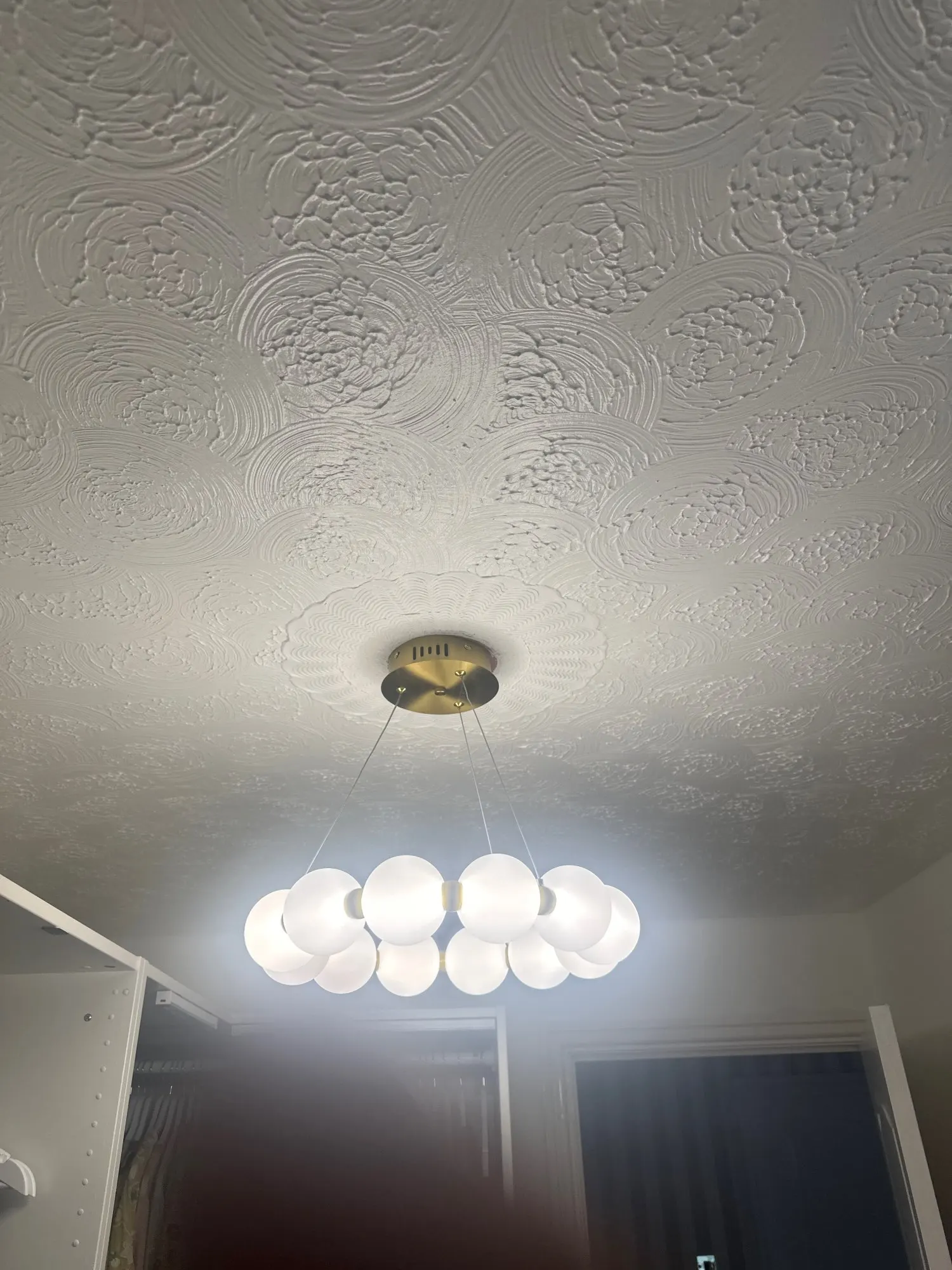Lighting serves as an essential aspect of our lives, enabling us to see the world around us, enhancing our environments, and setting the mood for various activities. From functional illumination to aesthetic appeal, lighting plays a crucial role in creating ambiance, improving safety, and boosting productivity. In this blog post, we will explore the diverse applications of lighting and how it can be optimized for different purposes.
1. Ambient Lighting:
Ambient lighting forms the foundation of any well-designed lighting scheme. Its purpose is to provide general illumination, ensuring a comfortable level of brightness throughout a space. Ceiling-mounted fixtures, recessed lights, and chandeliers are common choices for ambient lighting. By evenly distributing light, ambient lighting creates a welcoming and balanced atmosphere, making it ideal for living rooms, bedrooms, and hallways.
2. Task Lighting:
Task lighting is focused illumination intended to facilitate specific activities. It is crucial in areas where concentration and visual clarity are essential, such as reading, studying, cooking, or working at a desk. Table lamps, under-cabinet lights, and adjustable fixtures are commonly used for task lighting. By reducing eye strain and improving visibility, task lighting enhances productivity and ensures accuracy in detail-oriented tasks.
3. Accent Lighting:
Accent lighting adds drama and visual interest to a space by highlighting particular objects, architectural features, or artwork. It creates focal points and adds depth to a room. Track lighting, spotlights, and wall-mounted fixtures are popular choices for accent lighting. By drawing attention to specific elements, it adds dimension and creates a visually appealing environment.
4. Decorative Lighting:
Decorative lighting serves as a statement piece, incorporating illumination into the overall design aesthetic. It can take various forms, including pendant lights, chandeliers, and decorative wall sconces. Decorative lighting combines functionality with artistic flair, contributing to the overall ambiance and style of a space. It serves as a focal point, creating a stunning visual impact and reflecting personal taste.
5. Outdoor Lighting:
Outdoor lighting serves both practical and aesthetic purposes. It enhances visibility and safety around the exterior of a property while adding beauty to outdoor spaces. Pathway lights, garden lights, and wall-mounted lanterns are commonly used outdoor lighting fixtures. By illuminating walkways, entrances, and outdoor living areas, it extends the usability of these spaces and creates a warm and inviting environment for gatherings and relaxation.
6. Smart Lighting:
With advancements in technology, smart lighting systems have gained popularity. These systems enable remote control, automation, and customization of lighting settings. They offer features such as dimming, colour-changing capabilities, and scheduling, providing convenience, energy efficiency, and versatility. Smart lighting can be integrated into smart home ecosystems, allowing users to control their lights through voice commands or smartphone apps.
Lighting serves diverse purposes, ranging from practical functionality to artistic expression. By understanding the different types of lighting and their applications, one can create a well-balanced and visually appealing environment. Whether it's ambient lighting for everyday comfort, task lighting for focused activities, accent lighting for highlighting features, decorative lighting for style, outdoor lighting for safety and aesthetics, or smart lighting for convenience, each serves a unique purpose to enhance our lives. So, let there be light, tailored to meet your needs and elevate your surroundings.






Share:
Unveiling the Magic of Ceiling Fans
Illuminating Tradition: Incorporating Modern Lighting into a Traditional Home